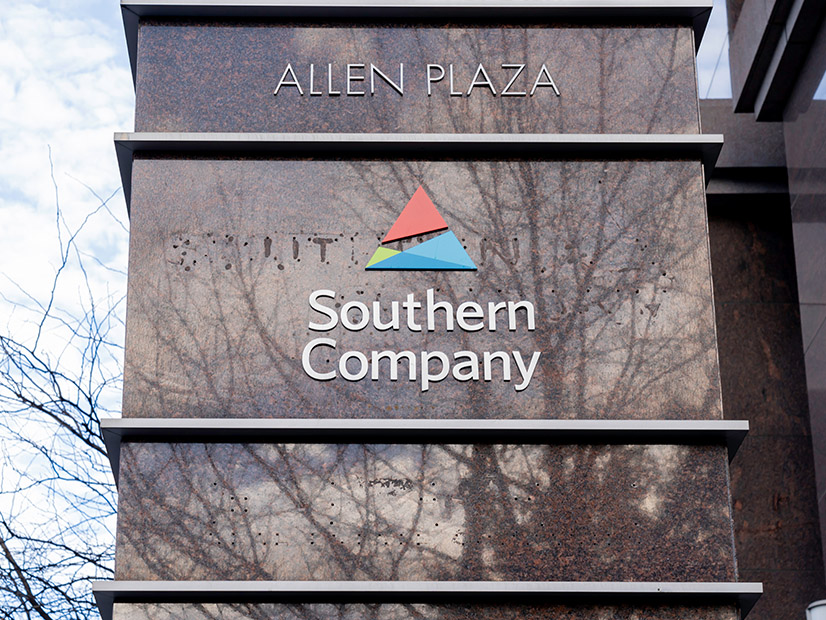FERC on Thursday raised concerns about Southern Company’s formula rate protocols, issuing the utility a show-cause order to explain either why the protocols should remain in place under its Open Access Transmission Tariff (OATT) or how it would change the OATT to address the commission’s concerns (EL22-27).
In its order, FERC identified deficiencies with Southern’s formula rate protocols in three areas: scope of participation; transparency of information exchange; and ability of customers to challenge transmission owners’ implementation of the formula rate.
The first issue is based on the commission’s requirement that formula rate protocols allow “all interested parties [to participate] in information exchange and review processes,” including ratepayers, state utility regulatory commissions, consumer advocacy groups and state attorneys general. FERC found that the wording of Southern’s protocol may have inadvertently left some stakeholders out of the process.
“While Southern allows an ‘interested party or Commission Trial Staff’ to participate in the customer meetings, information exchange, and challenge procedures, its formula rate protocols do not define the term ‘interested party’ to generally identify which parties can participate,” FERC said. It ordered Southern to either rewrite the relevant section to specify who may participate in the procedures and to provide all such parties access to information about annual updates to the protocols, or to show cause why it should not be required to do so.
The commission’s transparency argument warns that interested parties might not be able to access the information they would need to evaluate the correctness of the formula rate, potentially leaving them unable to challenge it. This is because Southern’s protocol only requires that “workpapers and underlying service data” be filed as supporting documentation.
This requirement is a violation of previous FERC orders that mandate that “formula rate protocols must include greater detail regarding the financial and cost information from which a transmission owner’s rates are developed. This information must include underlying data and calculations supporting the formula rate annual updates … [including] underlying data and calculations supporting the formula rate annual updates.”
FERC also found Southern’s protocols deficient in several other ways: providing no procedure for making document requests, limiting the reach of potential information requests, failing to require disclosure of accounting changes that might impact the formula rate, and not providing for an annual meeting, among others. Again, the utility is required to justify its protocols or explain how it plans to remedy the issues.
Finally, the commission said Southern’s formula rate protocols do not provide sufficient detail relating to how interested parties can file formal and informal challenges to the utility’s rates. For example, Southern’s protocols do not require senior representatives to work with interested parties and improperly “limit the subject of a formal challenge to an interested party’s previous informal challenge.”
In addition, FERC said the language of Southern’s protocols “strictly [limits] the commission’s procedural options” regarding challenges to the utility’s rates. Specifically, the commission noted that Southern asserted its burden of proof in any FERC-ordered proceeding falls under Section 205 of the Federal Power Act; this raises the possibility of an attempt to prevent any proceeding under Section 206 of the FPA.
Under the commission’s order, Southern is required to file its response within 60 days. Interested parties are also invited to respond in the same docket.




